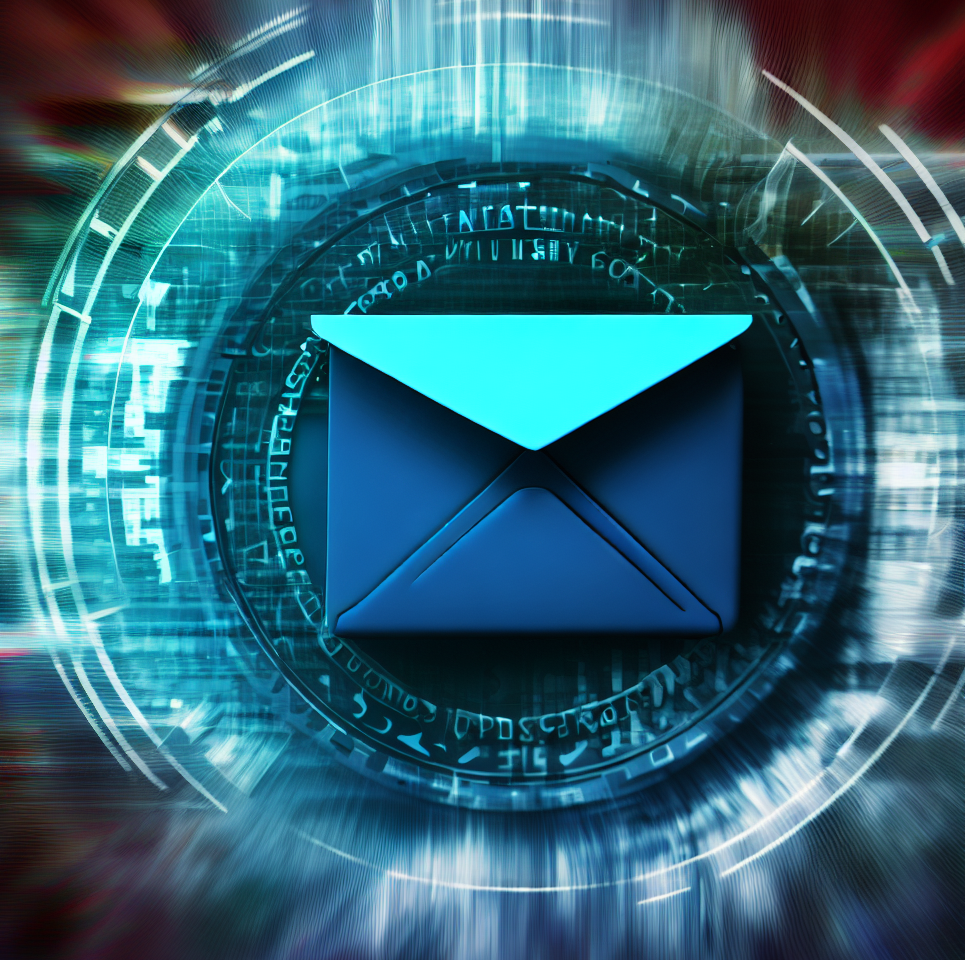Every time you send an email from your business, a lot of things happen automatically in the background to check that it’s a real email sent by you.
The email service providers such as Gmail and Microsoft use algorithms to assess each individual email’s authenticity.
They’re trying to identify spam emails and phishing emails (these pretend to be from trusted sources but send people to fake websites where their login details are stolen).
To authenticate emails, there are three primary methods used:
SPF (Sender Policy Framework):
Think of SPF like a list of friends you're allowed to send letters to. When you send a letter, the postman looks at this list. If you're on it, your letter gets delivered. If not, the postman thinks you might be pretending to be someone else, and your letter might not get to your friend.

